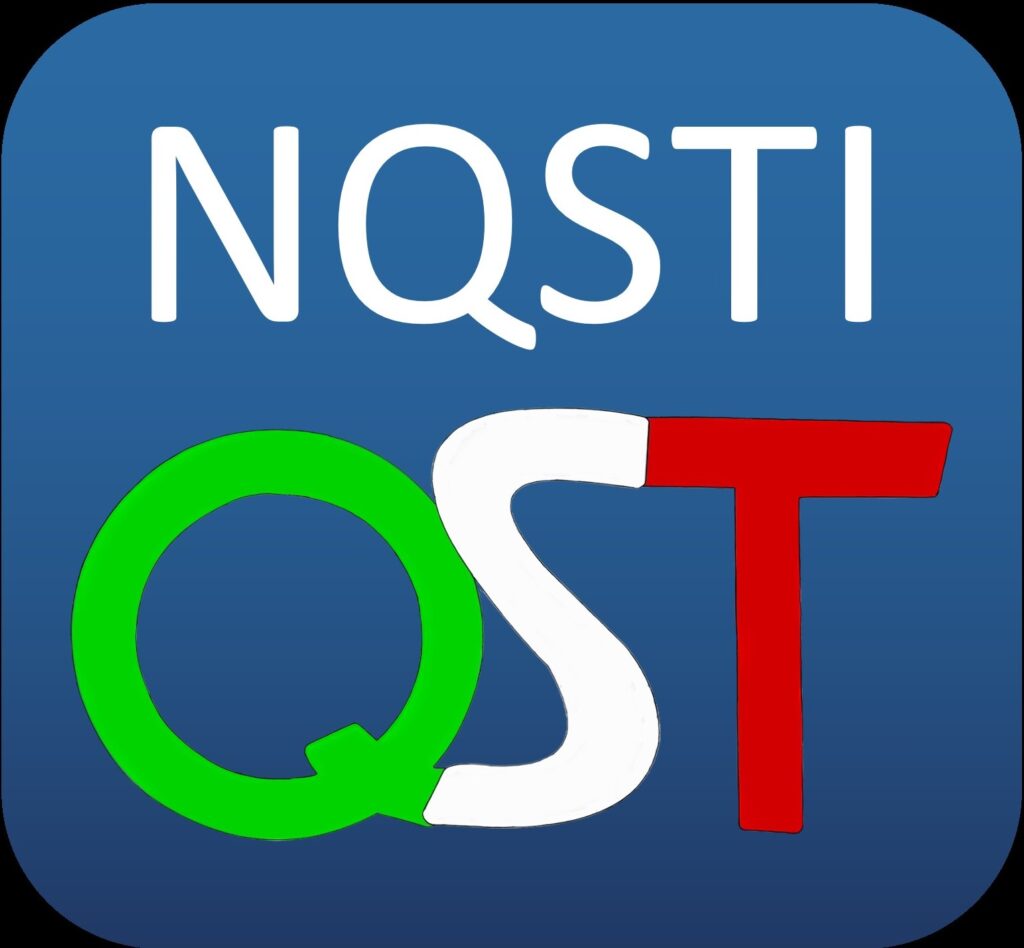The Quantum Technology Lab is focused on the development of protocols able to address two
different aims, the generation, and manipulation of correlated quantum states encoded in a single
particle and the exploitation of the correlation between different photonics states to estimate
multiple optical phases embedded in interferometers.
The generation and control of quantum correlations in high-dimensional systems is a major
challenge in the present landscape of quantum technologies. Achieving such non-classical
high-dimensional resources will potentially unlock enhanced capabilities for quantum cryptography,
communication, and computation. Although different platforms are exploited for the generation of
quantum correlated states, in the Quantum Technology Lab are employed liquid crystals able to
access and exploit degrees of freedom such as the Orbital Angular Momentum (OAM) and
momentum space. The research developed in this laboratory has allowed us to construct algorithms
ranging from the discrete-time quantum walk of two correlated photons in a two-dimensional
lattice to vector beams classification and quantum state engineering toolbox.
On the other hand, quantum metrology represents one of the most promising applications of
quantum theory. Therefore, in the Quantum Technology Lab, suitable experimental platforms and
innovative methods are developed for multiphase estimation. To this end, reconfigurable integrated
circuits are used to ensure the development of adaptive techniques based on Machine Learning
algorithms for the estimation of optical phases.
Lab Equipment: The laboratory is equipped with two CW laser systems (Topmode Toptica and DL
Pro Toptica) for the implementation of high efficiency single photon sources and two spatial
modulators of the light beam. The latter are used to impart arbitrary spatial profiles to the beam,
detected by specific single photon detectors. The laboratory is equipped with single photon
detectors, time-tagger electronics, and liquid crystals developed for manipulating internal degrees
of freedom of photons. An high-power ultrashort pulsed laser (two MIRA 900, MIRA HP Coherent) is
used to generate correlated photonic states, with non-linear crystals.
Research:
Photonics of Spin-orbit optical phenomena
Multiphase integrated interferometry
Continuous variables for quantum metrology
Active Projects:

NQSTI – National Quantum Science & Technology Institute
PNRR Partenariato PE4



